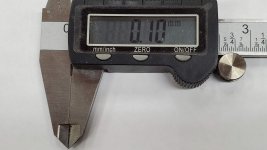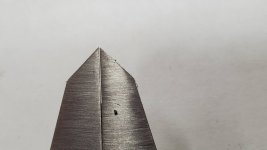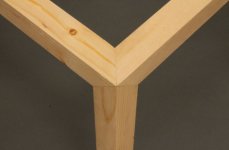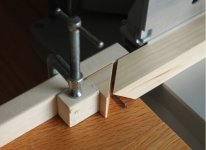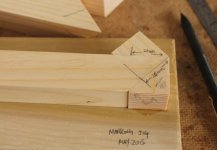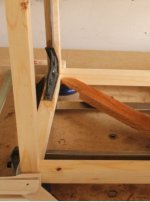CCWoodcraft
Member
- Joined
- Jul 9, 2022
- Messages
- 4
I was getting substandard alignment results from my DF 700 and I initially thought it was user error. After looking into it I found that the horizontal axis of the plunge cut was off by >.1mm. I sent the tool into Festool repair and they sent it back with the attached samples demonstrating the problem and no note. Am I missing something? I checked the tool and the problem is still there.
My expectation is that this should be unacceptable for a professional level tool. What am I missing?
Edit: changed .01 to .1. Bad maths.
My expectation is that this should be unacceptable for a professional level tool. What am I missing?
Edit: changed .01 to .1. Bad maths.



